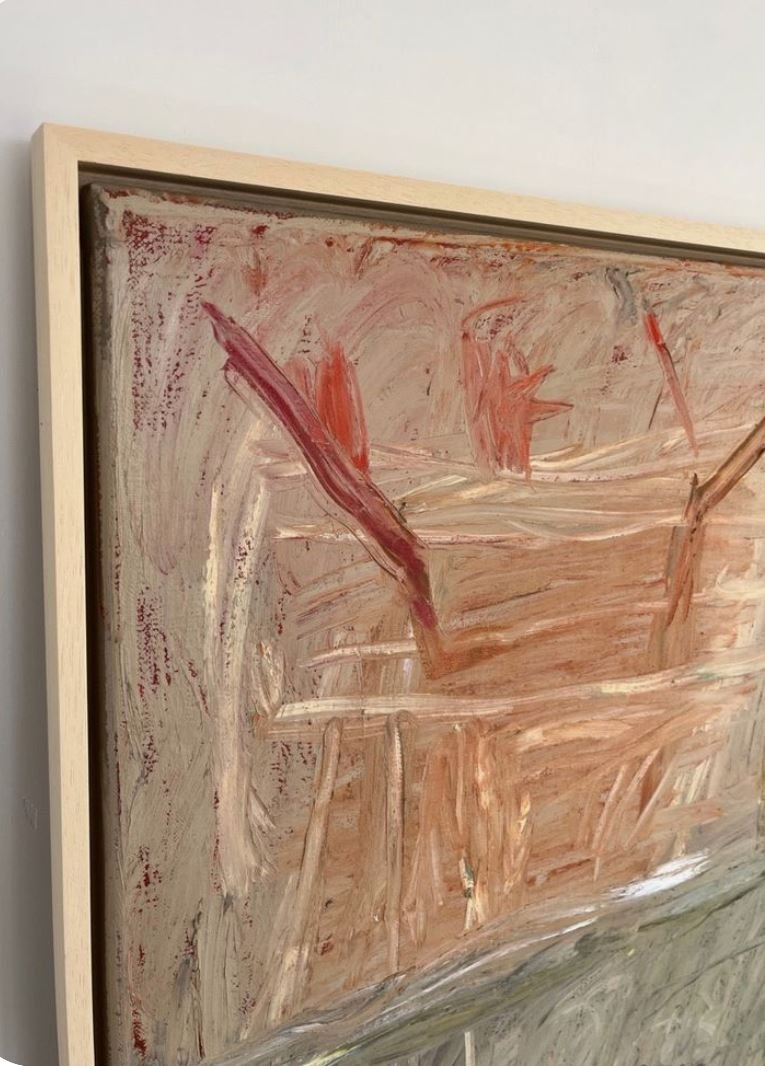How To Display Art In Your Home
Art has the ability to transform your home and help create interiors which have more of an impact.A room design can start with one piece of artwork. It can act as the focal point anchoring the space and guide the palette for the entire scheme. Place your art where you will see it. Place works in the rooms you spend the most time with family, where they will be seen and enjoyed on a daily basis
I recommend hanging pieces in the kitchen, living room and any spaces in your home where you spend a lot of time. For gallery walls,try to create loose cohesion by restricting your frames to one or two colours and similar styles. Approach the placement of artwork strategically. Use scale and proportion to help you judge this. Large pieces benefit from space around them and distance for viewing. Smaller pieces are good for close up viewing, and when grouped can make a wonderful focal point.
SO HOW DO YOU DISPLAY ART WELL?
High Ceilings
If the room has very high ceilings, or you’re hanging over furniture, go with what feels looks proportional in the space. Start with a 160cm eye line and start from there.Make sure the wire behind the painting is taut. If you have an exceptionally heavy artwork, it may be worth investing in a french cleat system. This will balance the weight.
Framing Artwork
Framing artwork is key and I like to keep it simple but beautiful. Frames are an investment, but when done well they really make a difference to how the piece looks once it’s hung.
High Float Mounting is a wonderful sculptural technique in a box frame. The artwork is floated above the mounted board on another board and then placed in a box frame.
There is the more traditional window mount technique which can be used for photographs. Be generous with the mounting around the art and give an additional cm at the bottom. A great way to create colour is to pick out a colour from the artwork and match the moulding.
For canvas artworks, I like to use tray frames in various colours.
Glass
I tend to use non reflective glass, especially in a room which has a lot of light. I use museum glass or TRU Vue 92. If the work is large, use Perspex or acrylic to keep the overall weight down.
HOW TO FIX YOUR ART TO THE WALL?
Make it stand out
“The EXHIBIT” MULTI HANGING PHOTO FRAME BY UMBRA - Is an easy way to create an eye catching salon style wall (Johnlewis.com)
Watercolours
Watercolours on the other hand require far less lighting. The style of your home will influence how you light your paintings. In more traditional homes a picture light would seem acceptable, but the best option for me is to have recessed downlights. Lighting artwork in relation to the rest of the room can create a great sense of drama. Layers of lighting are key. For instance you could have only the LED spots illuminated in the room on the artwork, and soft lighting elsewhere in the space.
Ledge Display
For a picture ledge display - The Mosslanda picture ledge by IKEA come sin minimalist black or white. Colour coordinate the colour of the ledge with your picture frames.(IKEA.COM)
The Right Rails
Picture rails - cast from solid brass, (willow and stone.co.uk)
Placing On The Wall
For a no drill alternative: Especially if you are in a rental property. Try 3M’s “command” plastic adhesive strips from B&Q. (DIY.com)
Traditional Hanging
Used in conjunction with D rings and picture wire is one of the simplest ways to hang an artwork. Measure the wire so it’s double the width of the frame, and pull through the rings so it sits about 2inchs from the top of the pictureframe. (Ironmongerydirect.co.uk)










